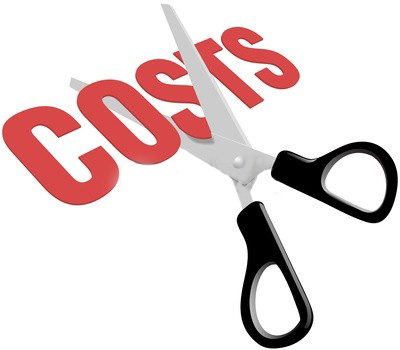Medical documentation and billing is an integrated process, in which minor inefficiencies can cause a ripple effect in the way revenue is collected. Billing in particular, may be an area of concern.
The smallest mistake on an insurance claim can lead to a delay in payment, time wasted by the biller while researching the mistake and re-submitting the claim, and potentially the loss of that revenue altogether. Nitin Chhoda teaches you how to resolve this, and grow your practice in the process.
 Revenue assurance is a growing financial and telecommunications field that looks at the devil in the details; inefficiencies that may seem small can cause a ripple effect in the way revenue is collected.
Revenue assurance is a growing financial and telecommunications field that looks at the devil in the details; inefficiencies that may seem small can cause a ripple effect in the way revenue is collected.
For a very large physical therapy documentation of a business, having a revenue assurance team makes some sense.
Determining Inefficiencies
Usually, the staff working on their jobs does not see inefficiencies or productivity leaks. A revenue assurance team or staff member can take the time to find the problems and can take a wide-angle view when looking for solutions.
In physical therapy practices, finding those revenue leaks is a very new task. Typically, it is up to physical therapy documentation and management staff to identify where revenue is lost and to recommend or require adjustments from the staff.
However, without a medical EMR or other physical therapy documentation software, it can be almost impossible to even identify the problem, let alone work toward a solution.
Revenue Assurance Mechanisms for Medical Billing
It is probably obvious that one of the departments where revenue leaks occur most frequently is within the billing department.
Medical billing and physical therapy documentation is especially prone to inefficiencies, because the smallest mistake on an insurance claim will lead to a delay in payment, time wasted by the biller while researching the mistake and re-submitting the claim, and potentially the loss of that revenue altogether.
Physical therapy documentation software is specifically designed to make it easier for medical coding and billing professionals to avoid mistakes. Because the information is entered directly by clinicians, the notes and weighted procedures can be standardized. Every time a clinician adds something to an EMR, they can choose a line of text that they have entered before.
For medical billing staff, this kind of consistency can improve claim acceptance rates significantly. If the coder knows what to expect, they can simply select the same codes repeatedly. Billers can identify what kinds of claims each insurance company accepts and where problems occur. The process can be streamlined and made more successful with physical therapy documentation software.
Focus on Productivity and Job Satisfaction
The job of the physical therapy documentation manager is complex. You must keep your eye on the big picture, looking for ways to improve the practice overall, but you also need to ensure that each staff member is getting some sense of fulfillment or satisfaction from the work they are doing.
Content, satisfied staff members are more productive and successful. The good news is that combining an effort to improve physical therapy documentation staff satisfaction with improved productivity can be incredibly successful.
Especially with the addition of physical therapy documentation software, the staff can be given the opportunity to make their jobs better for themselves, while improving their performance for patients and for the practice.
Revenue trending mechanisms that are put into place can feel insidious if implemented improperly. Nobody wants to be told they’re not doing a good enough job and that they are being forced to adjust by using new software.
But if the process is framed in the right way, with the right intentions, everyone can benefit from the new physical therapy documentation system.





